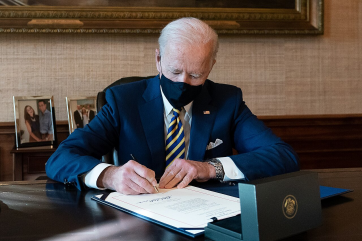Scientists are developing a test that could tell the difference between bipolar disorder and depression.
Many patients with bipolar disorder, a mental disorder associated with mood swings ranging from depressive lows to manic highs, are often misdiagnosed as having major depressive disorder.
To rectify this, scientists are coming up with an objective test as an alternative to patient interviews. This test could help clinicians distinguish between the two -- and provide better treatment.
One of the reasons bipolar disorder is commonly mistaken for major depressive disorder is because the condition often first becomes noticeable when the patient has a bout of depression. And, as bipolar disorder only affects about 1 percent of the population worldwide, clinicians sometimes forget to ask about hypomania, a euphoric, hyperactive state that also characterizes the condition.
Current diagnostic techniques involve structured interviews with patients, but these can be subjective and misleading. An accurate diagnosis, however, is crucial to quickly getting patients the treatment they need. So researcher Peng Xie and colleagues set out to develop an objective way to tell the difference between major depressive disorder and bipolar disorder.
The researchers combined a couple of techniques -- gas chromatography-mass spectrometry and nuclear magnetic resonance -- to analyze urine metabolites in samples from patients who either had major depressive disorder or bipolar disorder. From these results, they identified a panel of six biomarkers with an 89 to 91 percent chance of predicting each disorder.
More information can be found in the Journal of Proteome Research.








